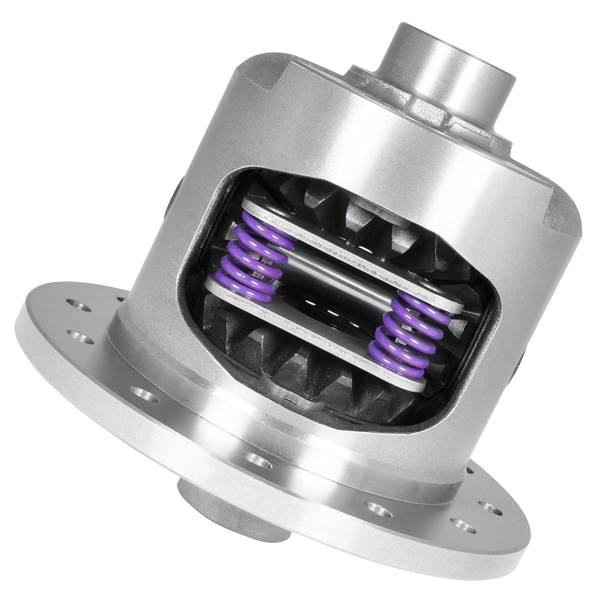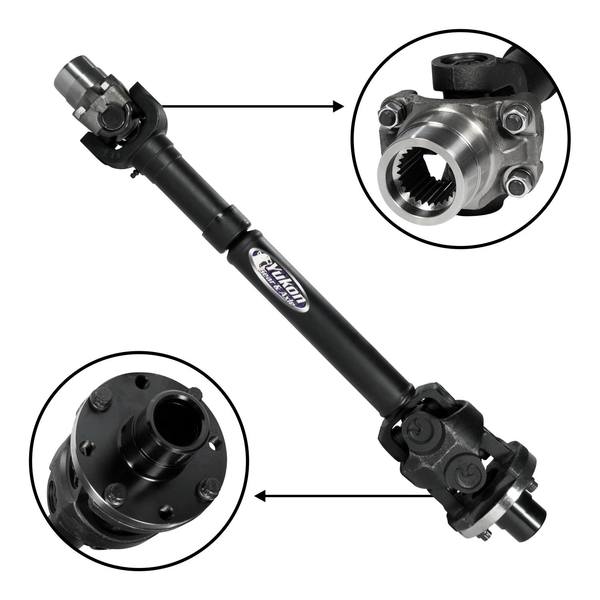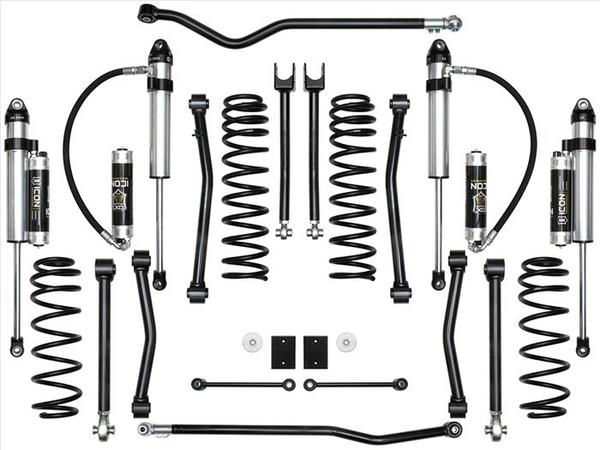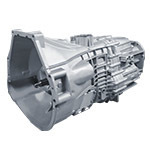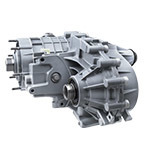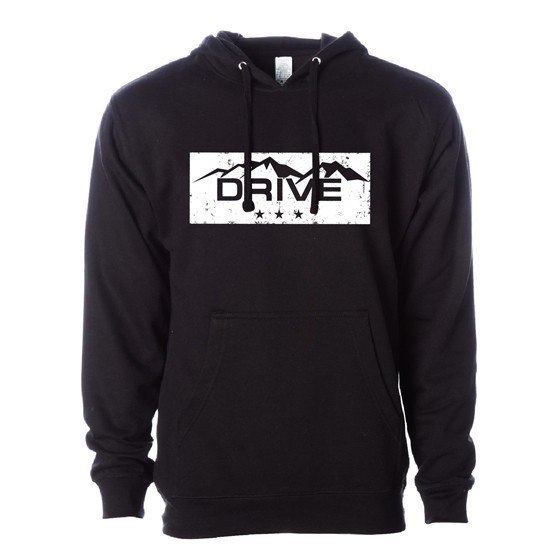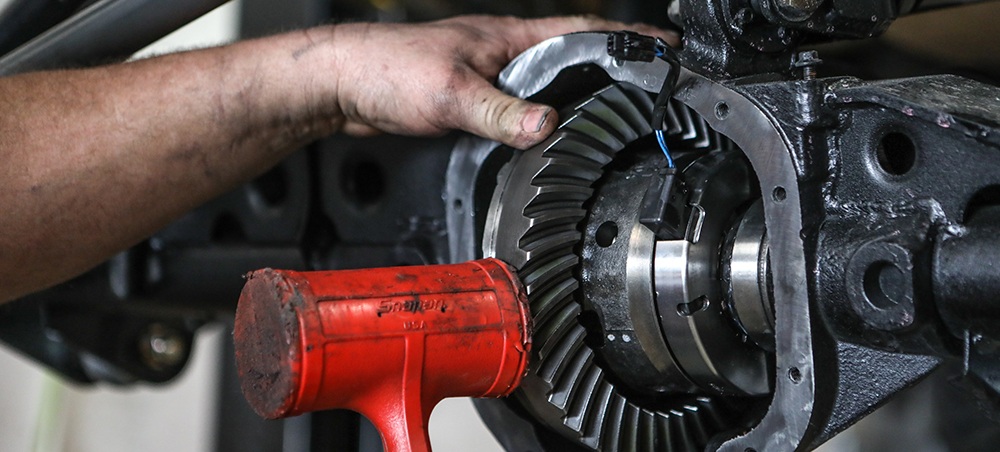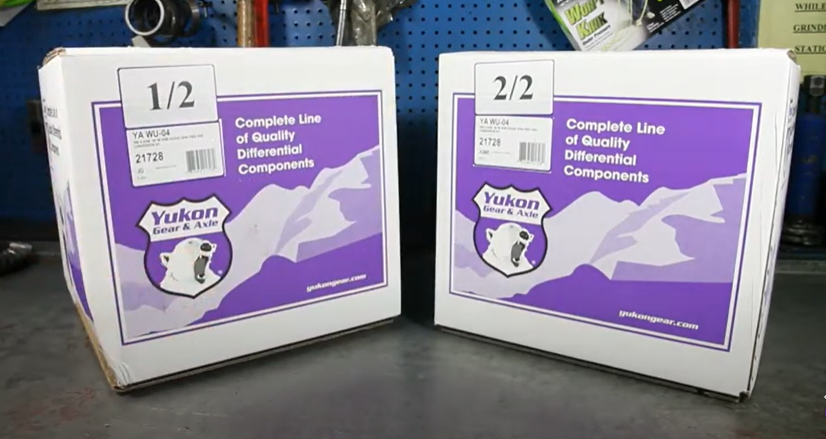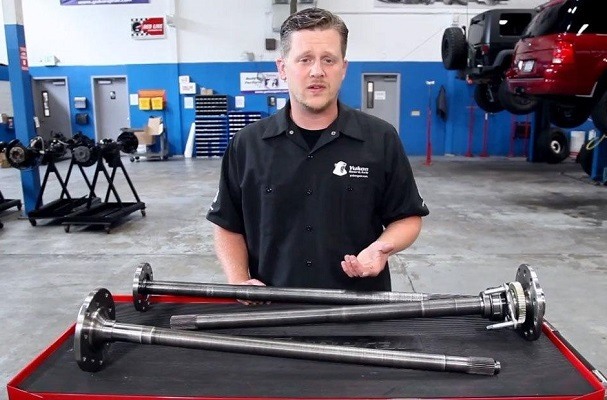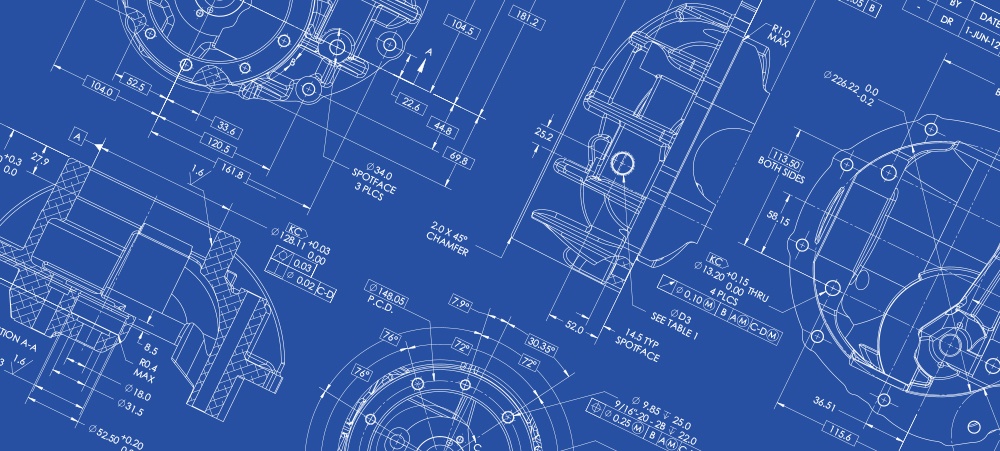With a little time and a common bench grinder, you can modify your existing cross shaft to work with a thick ring gear. Be careful to cool the metal often so that it does not become soft.A cross-pin with a notch in the center can be rotated so that the notch allows the axle to be pushed toward the center of the differential. This allows just enough axle movement to install the c-clips one at a time.
With the use of low gears for more power often comes the need for a ring gear that is so thick that the spider gear cross shaft interferes with the ring gear teeth. I often get calls from people who are unsure of how much they can grind off of the cross pin shaft or ring gear teeth and still have a strong rearend.
There are many rearends that use c-clips to retain the axle shafts. The c-clip is kept in place by the retaining groove in the side gear. As long as the clip is kept within the confines of the side gear, it cannot slip off the end of the axle. When fully assembled, the axle can not move out because the c-clip stops against the side gear. The axle can not move towards the center of the differential because the end of the axle touches against the cross-pin shaft. As long as the cross-pin shaft is in place, the axle is retained and can not be moved inward or outward, and the c-clip cannot be removed.
In order to remove or install the c-clips, the spider gear cross-pin shaft must be removed or positioned so the axle shafts can be pushed toward the center of the differential. Then the c-clip can be slipped off the end of the axle. After the c-clip is removed, the axle shaft can be pulled out of the rearend housing. This is only necessary when the rearend uses c-clips to retain the axle shafts. Any rearend that does not use c-clips will not have problems with thick ring gears.
There are four ways to deal with the combination of a thick ring gear and c-clips. My least favorite solution is the use of a c-clip eliminator kit. This method uses pressed-on ball bearing type wheel bearings that replace the flat roller bearings and c-clips. One problem with c-clip eliminators is the need to modify the rearend housing end to accommodate the different bearing design. This modification is NOT reversible and should be well thought out before implementing. Also, the replacement ball bearing wheel bearings do NOT last very long and can typically wear out in as little as eight or ten thousand miles.
Another method involves modifying the stock cross-pin shaft, or purchasing a modified one. There are two ways to modify the cross-pin shaft and both work well in most cases. The first one works in virtually every case and has been around for a long time. It involves grinding a relief in the middle of the shaft. The relief needs to be as long as the width of the end of the axle, and as deep as the thickness of the c-clip. This grinding does not severely weaken the cross pin shaft. Most notched aftermarket shafts are made of special high-strength metal and are heat-treated to make them stronger than the stock parts they replace.
The second grinding method is used by Ford, and will work in many cases where the ring gear is not so thick that it interferes more than about an eighth of an inch (0.125″). This method involves grinding a flat from the center of the shaft (lengthwise) to one end of the shaft. This flat allows the shaft to be pulled halfway out over the ring gear teeth, and exposes the end of the axle shaft to freedom so it can be moved towards the center for the differential for c-clip removal. Even though the flat removes half of the axle contact area from one side of the cross-pin shaft, the remaining half is plenty to carry the end load of the axle.
In some cases the ring gear is too thick for the Ford flat-sided cross-pin shaft to clear the ring gear. In this situation, I grind the pin a little further, or I grind off the toe end of the ring gear teeth that are in the way just enough to clear the shaft. In many cases I have removed up to 3/16″ (about 0.200″) from the toe end of the ring gear teeth with no effect on strength.
The last method is actually is the easiest and works in a great many situations. By grinding off only the toe portion of the ring gear teeth that interfere with the cross-pin shaft, you can make the thick gears work without the need for a special cross shaft. Although removing up to about 3/16″ does not hurt the gear strength, I do not recommend removing more than 3/16″ and I am very careful to grind parallel to the axis of the shaft. I remove only enough of the teeth to allow the shaft to clear. The gear teeth can be ground with an ordinary bench grinder if the gear is removed from the carrier, or a high speed 3″ cut-off wheel works very well. Just remember to grind carefully and do not let the metal get too hot.
Popular Resources:
 AMC
AMC
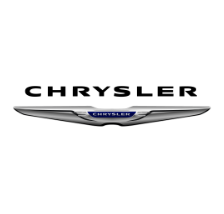 Chrysler
Chrysler
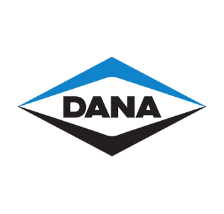 Dana
Dana
 Ford
Ford
 GM
GM
 Isuzu
Isuzu
 Nissan
Nissan
 Suzuki
Suzuki
 Toyota
Toyota
